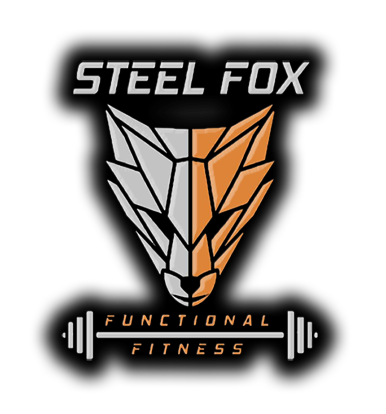Squat Breakdown
What the points of performance of the squat are and why they’re important
Shoulder width stance, toes straight or toes slightly out
We want a shoulder width stance because it provides us the ability to descend to full depth without compromising power. Too wide or too narrow may be limited by mobility in most athletes. A shoulder width stance is an ideal transfer from jump stance (feet under the hips) in the olympic lifts as well. Practicing wide stance and narrow stance squats have merit but, it’s important to develop the fundamental stance in the squat.
Having our toes straight or slightly out give us the ability to create torque through our hips and knees. This makes it easier for our knees to track over our toes and prevents loss of tension in the bottom of the squat. When our feet are flared out, our arches and knees are likely to collapse inward, especially under load.
Send butt back and then down
Initiating a squat with our hips loads the larger movers in our legs. Initiating with knees forward puts a large amount of the force through our quads, rather than dispersing the load equally through our hips, hamstrings, and quads together. This also keeps the load directly over our midfoot and center of mass.
Knees track over toes
Knees tracking straight over our feet not only relates to loading the hips properly. When the knees collapse inward, known as a valgus knee, the ligaments of the knee are compromised. Risk for injury of the ACL, PCL, MCL, or meniscus are increased. Focusing on “spreading the floor” with the feet will set our hips and knees to not only increase strength and power but prevent injury and damage. Knees tracking over our toes applies to the decent and ascending portions of the squat.
Chest up, weight off the balls of feet
A vertical chest in the squat is all about transferability. The chest may drop slightly in a low bar back squat but, in a front squat and overhead squat an upright torso stacks the load over your midline and allows for shoulder position to be optimum. An upright torso also demonstrates a maintained spinal position.
Keeping the weight spread throughout the whole foot improves our balance and our ability to create power. Heels coming off the ground limits recruitment of our hips and posterior chain while leaning too far back on the heels compromises our ability to balance and use our anterior chain.
Actively descend past parallel
Breaking the plane of parallel is crucial to developing strength in an upright squat. It recruits more of the hips and challenges the midline stability. Staying above parallel again loads primarily the quadriceps and patellar tendon. Also, for transferability to olympic lifts getting strong in an “ass to grass” squat will allow for stronger lifts and ability to drive out of the hole. Actively pulling into the bottom of a squat, rather than “dive bombing” keeps tension as well.
Maintain neutral lumbar curve
Maybe the most important point of performance of any squat is maintaining a neutral spine. Positioning our spine correctly will decrease the risk of injury significantly. When our lumbar vertebrae round, the load is dispersed primarily through our spine rather than our hips and legs. Also, the ability to increase load will diminish substantially when our midline isn’t stable. However, over extending through the hips and back will compromise the lumbar spine similarly. This happens when an athlete thinks “hips back” first without maintaining their midline. Learning to create a rock solid midline is critical in any squat weighted or not.

